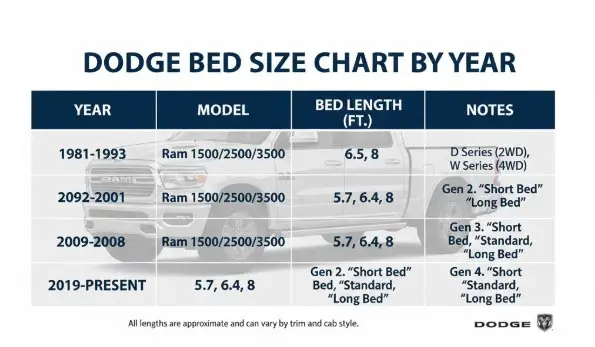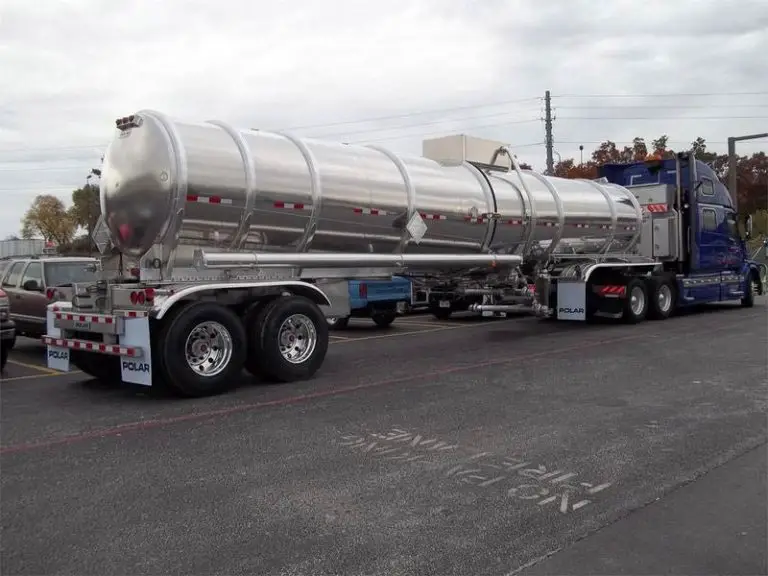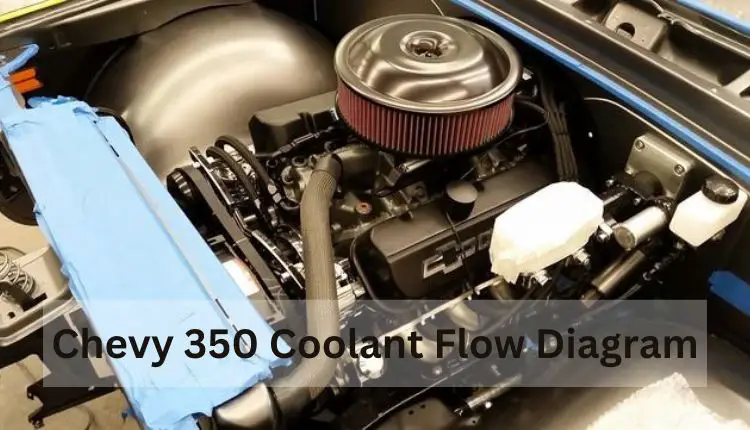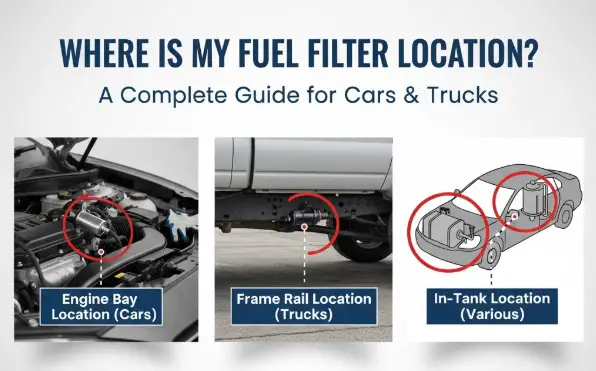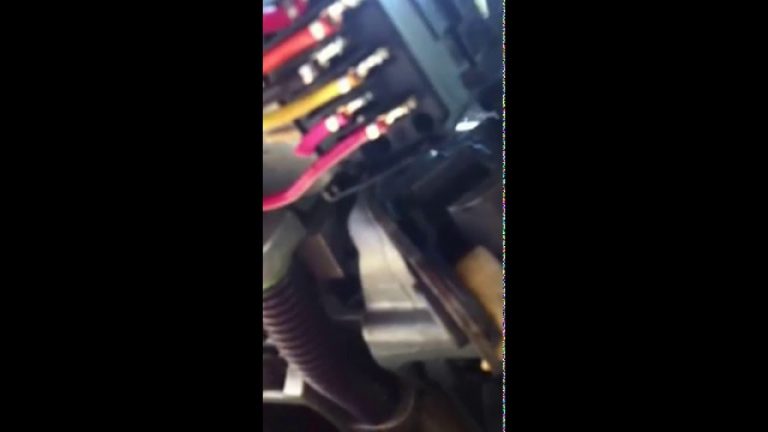How Many Engine Hours Is A Lot For A Truck
Whether or not a truck has high engine hours depends on several factors, including the type of truck, its intended use, and how well it has been maintained. However, as a general rule of thumb, most well-maintained delivery-type vehicles, such as semi-trucks and cargo vans, have engines that last 15,000 to 30,000 engine hours before needing a major overhaul or replacement.
How Many Engine Hours Is Considered High for a Truck? (By Type of Trucks)
Here is a more detailed breakdown of how many engine hours is a lot for a truck, depending on the type of truck:
Semi-trucks:
Semi-trucks are typically used for long-distance hauling, and they often idle for long periods of time. This means that they can accumulate a lot of engine hours quickly. A semi-truck with 20,000 engine hours is considered to be moderately used, while a semi-truck with 40,000 engine hours or more is considered to be heavily used.
Delivery trucks:
Delivery trucks typically make a lot of stops and start-ups, which can put additional wear and tear on the engine. A delivery truck with 10,000 engine hours is considered to be moderately used, while a delivery truck with 20,000 engine hours or more is considered to be heavily used.
Pickup trucks:
Pickup trucks are typically used for a variety of purposes, including commuting, hauling, and off-roading. A pickup truck with 5,000 engine hours is considered to be moderately used, while a pickup truck with 10,000 engine hours or more is considered to be heavily used.
It is important to note that these are just general guidelines. Some trucks with high engine hours may be in excellent condition, while others with low engine hours may be in poor condition. It is important to have a truck inspected by a qualified mechanic before purchasing it, regardless of its engine hours.
5 Tips for extending the life of your truck’s engine
Here are 5 tips for extending the life of your truck’s engine:
- Perform regular maintenance, such as oil changes and tune-ups.
- Avoid idling for long periods of time.
- Drive smoothly and avoid sudden acceleration and braking.
- Use the correct transmission gear for the road conditions.
- Have your truck inspected by a qualified mechanic regularly.
By following these tips, you can help to ensure that your truck’s engine lasts for many years to come.
Engine Hours Explained!
Factors to Consider
When determining how many engine hours are considered “a lot” for a truck, there are several factors to consider. These include:
- Usage: The more a truck is used, the more wear and tear on the engine. Trucks used for short-distance hauls will typically have lower engine hours than those used for long-distance hauls.
- Maintenance: Regular maintenance, such as oil changes and inspections, can help prolong the life of a truck’s engine. Trucks that receive regular maintenance will typically have lower engine hours than those that do not.
Driving conditions: The type of terrain and weather conditions a truck is driven in can also impact the number of engine hours. For example, a truck that is driven on rough terrain or in extreme temperatures may have higher engine hours than one driven on smooth roads and in milder conditions.
How to Check Engine Hours
Checking the engine hours on a truck is a simple process that can typically be done through the truck’s dashboard or onboard computer system. Here are the steps to follow:
- Locate the engine hour display on the dashboard or computer system. This is usually a digital readout or gauge.
- Record the current engine hours. This will be the starting point for monitoring engine hours in the future.
- Check the engine hours periodically and record the new readings. Compare the new readings to the previous ones to track the increase in engine hours.
- Consult the owner’s manual for specific instructions on how to access the engine hours information on your specific make and model of truck.
Maintenance and Replacement
Regular maintenance is crucial for prolonging the life of a truck’s engine and preventing costly repairs. Some recommended maintenance tasks include:
Regular oil changes: The oil in a truck’s engine helps lubricate the moving parts and remove contaminants. Old oil can become thick and dirty, which can damage the engine.
Inspections: Regularly inspecting the truck’s engine and other components can help identify potential issues before they become serious problems.
Replacing air and fuel filters: These filters help remove contaminants from the air and fuel that the engine uses. Dirty filters can restrict airflow and fuel flow, which can harm the engine.
When it comes to replacing the engine, it’s important to consider the number of engine hours and any signs of wear and tear.
However, if the engine has reached a high number of engine hours and is showing signs of wear and tear, it may be time to It’s important to consult with a professional mechanic to determine the best course of action. They will be able to assess the engine’s condition and make recommendations based on the specific make and model of the truck as well as the number of engine hours.
FAQs:
How can I check the engine hours on my truck?
What is the typical lifespan of a truck’s engine?
At what point should I consider replacing the engine on my truck?
You Maybe Like:
- Can A Cummins Isx 400 Be Turned Up
- 4Th Gen Ram Center Console
- Lifted 4Th Gen Ram 1500
- 2019 Ram 1500 Leveled on 35S
Conclusion
In conclusion, determining how many engine hours is considered “a lot” for a truck depends on several factors such as usage, maintenance, and driving conditions. Regularly checking and maintaining the engine hours can help prolong the life of the truck and maintain its resale value.


